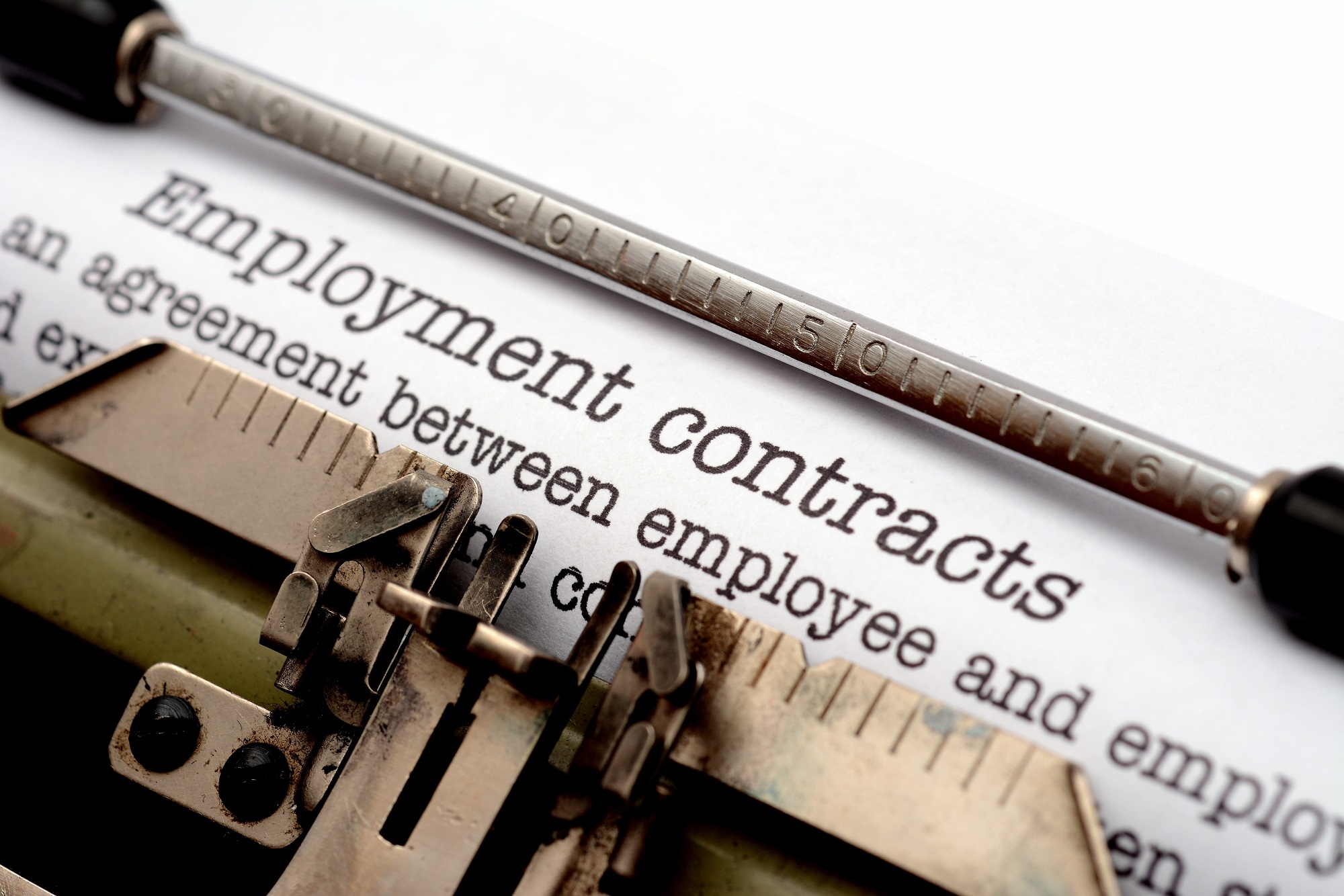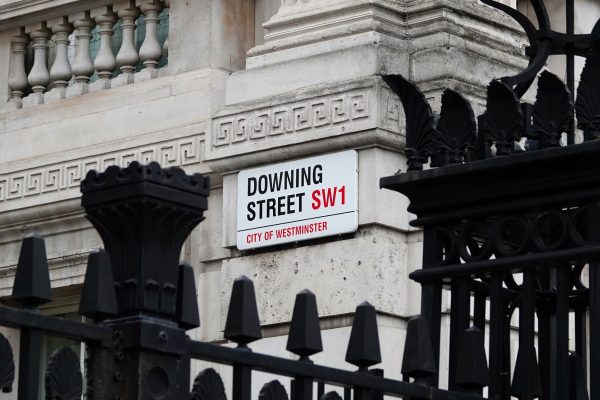Sickness absence is an all-year-round management issue for employers, but never more so than now and for the foreseeable future.
There has been significant government intervention designed to control the spread, shield the most vulnerable and protect the NHS requiring us to work from home where possible or otherwise implement considerable workplace health and safety measures and social distancing. The direct cost to business and to the economy of sickness absence is well known, and there are the hidden costs in terms of lower morale in the staff who have to cover and the potential for mistakes due to increased workload. This can lead to drop-off in employee engagement and the decrease in productivity which arises when employees become disengaged. A good absence management approach has always been useful to maintain good employee engagement and now more so than ever.
Businesses now need to balance the continuing engagement and productivity of staff in work, whilst maintaining safety, and effectively managing and keeping to a minimum malingering and absenteeism, whilst being more vigilant that they perhaps previously were in relation to presenteeism – where an employee attends work when feeling unwell, which can occur for a variety of reasons, including workload and pressure to perform. It is important to have a robust sickness and absence policy in place and to utilise and administer it effectively. Lawgistics HR Manager contains template policies for our members and we can produce customised policies if your business requires it. Government guidance is clear:-
Anyone who has symptoms of coronavirus needs to arrange a test as soon as possible and an isolation note is available to those with symptoms, those living with someone with symptoms or in a support bubble, or has been told to self-isolate by a test and trace service or is at higher risk from coronavirus. An employer can check the validity of isolation notes through the NHS website.
Self-isolation must last for at least 7 days from when the symptoms started. If the person is asymptomatic but has tested positive, the 7 days starts from day of the test. If an employee tests positive, any staff exposed to that employee should be sent home.
https://www.gov.uk/guidance/nhs-test-and-trace-workplace-guidance
Keeping in touch with employees off sick, or self-isolating is important because without proper methods for managing, storing, logging and looking at timelines around employee sickness, it may because difficult to manage during a second wave for example, if there is one this winter.
The Statutory sick pay regulations were amended in March, permitting the payment of statutory sick pay (SSP) from day one of an employee’s absence from work (rather than day four), where the employee is incapable, or deemed to be incapable, of doing work by reason of COVID-19. The clinically vulnerable have been advised to shield, although this will change on 1st August 2020 with the government guidance stating from that date:-
“you can go to work, as long as the workplace is COVID-secure – but carry on working from home if you can”. If you have an employee in this category you will need to agree with your employee the best way forward and establish a working arrangement which suits. The clinically vulnerable, may understandably be more worried than employees not considered vulnerable and employers are required to make adjustments and working from home provision where possible.

We’re here to ensure all used car dealerships deliver a better car finance experience for their customers. With over 4,000 approved dealer partners we ensure you are properly supported and connected with a range of flexible finance options, allowing you to lend and your customers to buy in complete confidence.
A good sickness and absence policy will make it clear what is expected of employees and managers when the employee is off work ill, when the absence will trigger the formal absence management procedure and details of this procedure and how to deal with special cases. If you do not have one in place Lawgistics HR Manager can provide what you need.








